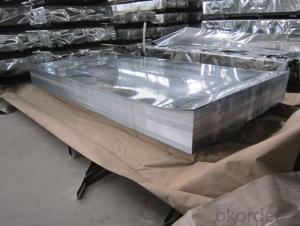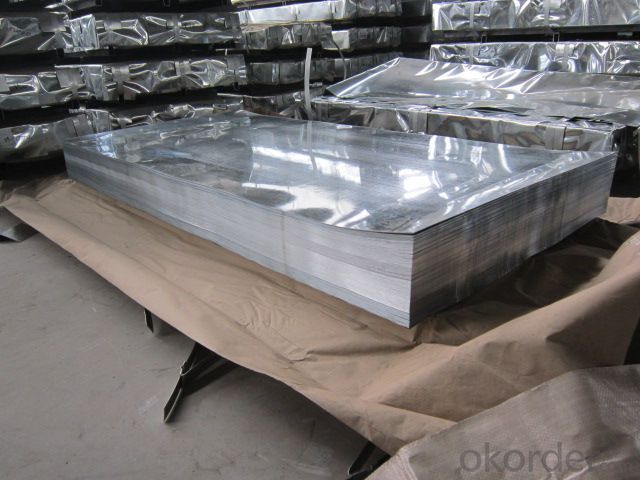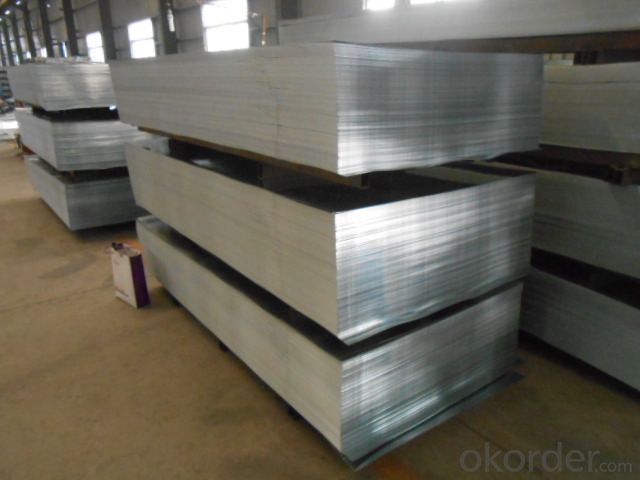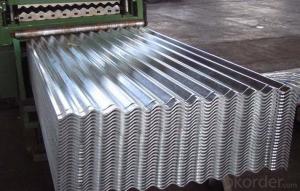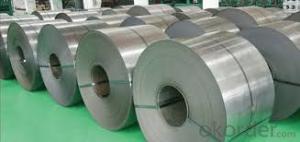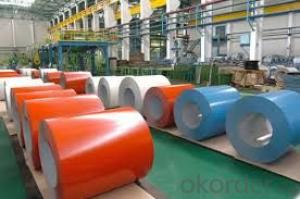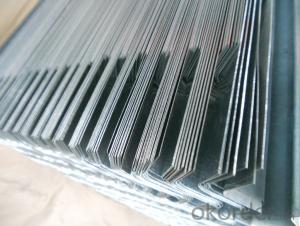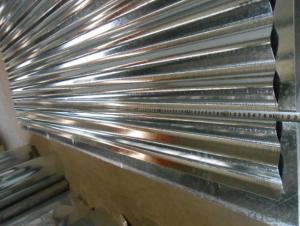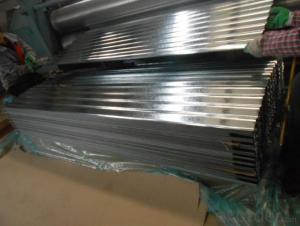HOT-DIP Galvanized Steel Sheet
- Loading Port:
- China Main Port
- Payment Terms:
- TT OR LC
- Min Order Qty:
- -
- Supply Capability:
- -
OKorder Service Pledge
OKorder Financial Service
You Might Also Like
HOT-DIP Galvanized Steel Sheet
Application: with excellent cold bending molded manufacturablity, good decoration effect, strong anti-corrosion ability, galvanized steel coils and sheets are also pollution-free and easily recycled. Accordingly, they can be used as final products and basic plates of color coated steel coils and widely applied in construction, home appliances, decoration, ect.
Construction, packaging, railway vehicles, agricultural machinery and daily life.
Oiled/dry, Skin-pass/Nonskin-pass, Regular/Minimize/Zero Spangle
Package:Standard seaworthy export packing: 3 layers of packing, inside is
kraft paper,water plastic film is in the middle and outside GI steel
sheet to be covered by steel strips with lock.
HOT-DIP GALVANIZED STEEL SHEETS
Base sheet : galvanized steel sheet, pre painted galvanized steel sheet
Zinc:40G-275G
Thickness:0.12mm-3.2mm
Width:600mm-1500mm
Length:1000mm-11800mm or as request
- Q: What are the different grades of steel used for manufacturing sheets?
- The different grades of steel used for manufacturing sheets include low carbon steel, medium carbon steel, high carbon steel, stainless steel, and alloy steel.
- Q: What is the maximum thickness of steel sheets?
- The maximum thickness of steel sheets can differ based on numerous factors, including the type of steel employed, the manufacturing method used, and the purpose they serve. In terms of thickness, steel sheets can vary from a few millimeters to several centimeters. Nevertheless, for ordinary applications, the maximum thickness of steel sheets typically lies within the 20-30 millimeter range. To ensure the correct thickness of steel sheets, it is vital to take into account the particular requirements and specifications of the project or application at hand.
- Q: Are steel sheets available in different patterns or textures?
- Yes, steel sheets are available in different patterns and textures.
- Q: What is steel concrete?
- Steel reinforced concrete (Steel Reinforeed Concrete, referred to as SRC) refers to the concrete structure of main steel, and is equipped with a longitudinal and transverse stirrup reinforcement structure, is a main form of steel and concrete composite structure.
- Q: Are steel sheets suitable for railway track construction?
- Yes, steel sheets are suitable for railway track construction. Steel sheets are commonly used in the construction of railway tracks due to their high strength, durability, and resistance to wear and tear. They provide stability to the tracks, allowing trains to operate smoothly and efficiently. Additionally, steel sheets are capable of withstanding heavy loads and extreme weather conditions, making them an ideal choice for railway track construction.
- Q: Can steel sheets be used for walkways or platforms?
- Certainly! Walkways or platforms can be constructed using steel sheets. Steel sheets are frequently employed in industrial and commercial settings owing to their durability, strength, and ability to withstand diverse environmental factors. They can be fabricated and installed to establish robust walkways or platforms capable of enduring heavy pedestrian traffic or the movement of equipment and machinery. Steel sheets can also be customized to fulfill specific design requirements, such as incorporating non-slip surfaces, raised edges for safety, or perforations for drainage. Furthermore, steel sheets necessitate relatively minimal upkeep and can be effortlessly cleaned and maintained, making them a perfect choice for walkways or platforms in various applications, including factories, warehouses, construction sites, and even outdoor areas.
- Q: Are the steel sheets resistant to chemical spills?
- In general, steel sheets possess resistance against chemical spills. Steel is famous for its durability and capacity to endure different environmental conditions, including chemical exposure. The non-reactive properties of steel make it extremely resistant to corrosion, thereby providing effective protection against chemical spills. Nevertheless, the ability of steel sheets to resist chemical spills may vary depending on the type and concentration of the chemicals. To ensure the highest level of resistance, it is advisable to seek advice from experts or refer to specific steel grades and their compatibility with different chemicals.
- Q: What are the different thickness options available for steel sheets?
- Steel sheets come in various thickness options, ranging from very thin to extremely thick. Gauge measurements are typically used to determine the thickness, with lower gauge numbers indicating thicker sheets. The most commonly available gauge options for steel sheets are 18, 20, 22, 24, 26, and 28, with 18 gauge being the thickest and 28 gauge being the thinnest. However, it's important to keep in mind that the specific thickness options may vary depending on the manufacturer and the intended use of the steel sheet. Furthermore, steel sheets can also be customized to meet specific thickness requirements based on project needs.
- Q: Can the steel sheets be used as a magnetic surface?
- Yes, steel sheets can be used as a magnetic surface. Steel is a ferromagnetic material, which means that it can be magnetized and will retain its magnetism even after the magnet is removed. This property allows steel sheets to attract and hold magnetic objects. Steel sheets are commonly used as magnetic surfaces in various applications, such as magnetic boards, magnetic whiteboards, and magnetic organizers. By using magnets, you can easily attach notes, documents, and other magnetic objects onto steel sheets, making them a convenient and versatile tool for organization and display.
- Q: Are the steel sheets coated with any protective material?
- Indeed, a protective material is applied to the steel sheets, ensuring their durability and resistance against corrosion. Typically, this coating is added to the steel sheets to enhance their strength and safeguard them from external elements such as moisture, chemicals, and adverse weather conditions. It acts as a formidable shield, preventing the steel from rusting or deteriorating. The specific protective material used may vary depending on the intended purpose and specific requirements. However, a commonly employed option is a layer of zinc or zinc-alloy coating, known as galvanized coating. This particular coating offers exceptional defense, significantly prolonging the lifespan of the steel sheets and rendering them suitable for a wide range of industries and applications.
Send your message to us
HOT-DIP Galvanized Steel Sheet
- Loading Port:
- China Main Port
- Payment Terms:
- TT OR LC
- Min Order Qty:
- -
- Supply Capability:
- -
OKorder Service Pledge
OKorder Financial Service
Similar products
Hot products
Hot Searches
Related keywords
